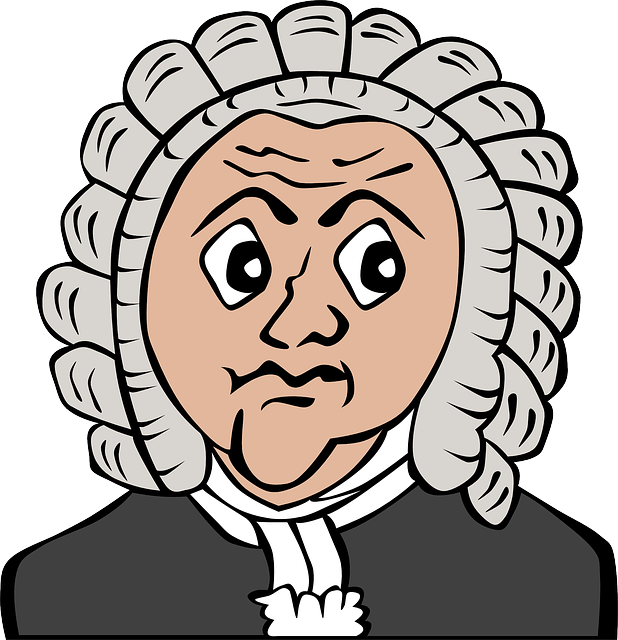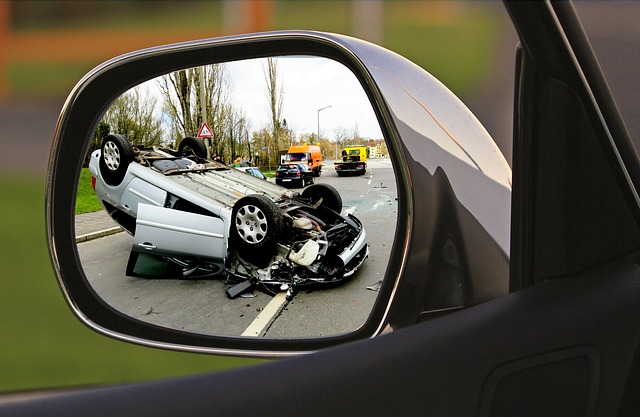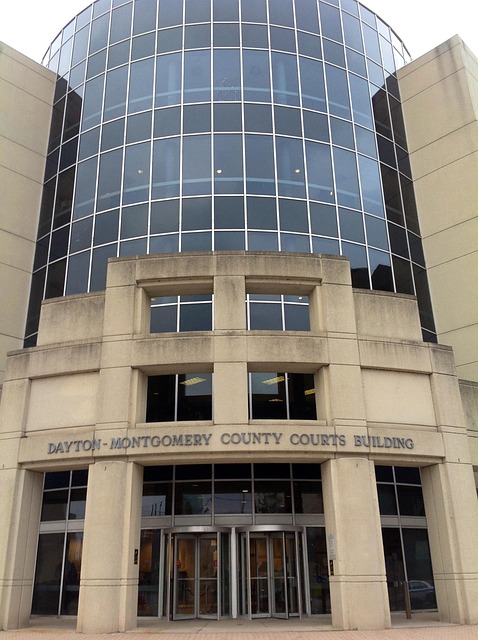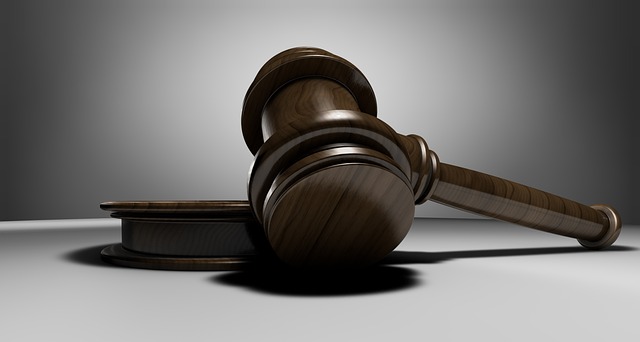After a motorcycle accident causing head trauma, understanding medical tests like CT scans and MRI is crucial for patients and advocates. These tests are vital for diagnosing and assessing motorcycle accident head injuries, from concussions to severe traumatic brain injuries (TBI). Brain imaging techniques track damage over time, guiding treatment plans and rehabilitation adjustments. Neurological assessments, including cognitive screenings and balance tests, help determine the full extent of TBI, aiding legal representation in negligence cases and insurance/employment claims for fair compensation.
In the aftermath of a motorcycle accident, diagnosing and understanding head injuries is crucial. This article delves into the common medical tests used to assess such injuries, focusing on brain imaging techniques and neurological assessments. From CT scans and MRI to cognitive evaluations, these tools play a pivotal role in determining the extent of damage and guiding treatment plans for individuals affected by motorcycle accident head injuries.
- Understanding Common Medical Tests for Head Injuries Post-Motorcycle Accidents
- Brain Imaging Techniques and Their Role in Diagnosis
- Neurological Assessments: Uncovering the Extent of Damage
Understanding Common Medical Tests for Head Injuries Post-Motorcycle Accidents

After a motorcycle accident involving head trauma, understanding the medical tests used to diagnose and assess an injury is crucial for both patients and their legal advocates. Common assessments include CT scans, which use X-rays to create detailed images of the brain, helping identify bleeding, swelling, or skull fractures. MRI (Magnetic Resonance Imaging) is another powerful tool, offering a comprehensive view of soft tissue damage that might not be apparent on CT scans.
These tests are essential in determining the severity and type of head injury, ranging from concussions to more severe traumatic brain injuries (TBI). In complex cases involving potential fiduciary duty breaches or elder law issues—where individuals may lack capacity to make decisions—a thorough medical understanding is vital. This not only aids in patient care but also serves as critical evidence in legal proceedings related to car accident injuries, ensuring that responsible parties are held accountable for their actions.
Brain Imaging Techniques and Their Role in Diagnosis

Brain imaging techniques play a pivotal role in diagnosing motorcycle accident head injuries. Technologies such as computed tomography (CT) scans and magnetic resonance imaging (MRI) offer detailed, non-invasive insights into the brain’s structure and function. CT scans are often the first line of diagnosis due to their speed and availability; they can detect bleeding, fractures, or other physical damage within minutes. MRI, on the other hand, provides more nuanced information about soft tissue injuries, including subtle changes in brain structure that might be missed by CT.
These imaging techniques are crucial for determining the severity of a motorcycle accident head injury and guiding treatment plans. For example, an MRI can reveal edema (brain swelling) or internal bleeding, which may necessitate immediate surgical intervention. Moreover, tracking brain changes over time using these tools helps healthcare professionals assess recovery progress and adjust rehabilitation strategies accordingly, ensuring patients receive the best possible care for their specific condition.
Neurological Assessments: Uncovering the Extent of Damage

In the aftermath of a motorcycle accident involving head injury, neurological assessments play a pivotal role in uncovering the full extent of the damage. These comprehensive evaluations are instrumental in diagnosing and categorizing the severity of traumatic brain injuries (TBI), which can range from mild concussions to more severe forms like diffuse axonal injuries or intracranial hemorrhages. Specialized tests, such as cognitive screenings, balance assessments, and sensory analyses, help healthcare professionals gauge an individual’s mental status, coordination, and perception—crucial factors in determining the course of treatment and legal representation in cases where negligence is suspected.
Neurological examinations also facilitate a deeper understanding of how the injury might impact daily functioning, including cognitive abilities, emotional well-being, and physical capabilities. This information is not only critical for rehabilitation planning but can also be valuable when navigating employment contracts and insurance claims, especially when seeking compensation from at-fault parties through an auto accident lawyer. Early identification of neurological deficits enables medical teams to provide targeted interventions, while awareness of potential legal implications ensures that victims receive fair compensation for their injuries.
In the aftermath of a motorcycle accident, accurate diagnosis of head injuries is paramount for effective treatment and recovery. By employing a combination of medical tests, including brain imaging techniques and neurological assessments, healthcare professionals can thoroughly evaluate the extent of damage sustained during such incidents. Understanding these common procedures empowers individuals to navigate the post-accident landscape, ensuring they receive the necessary care for their motorcycle accident head injury.





